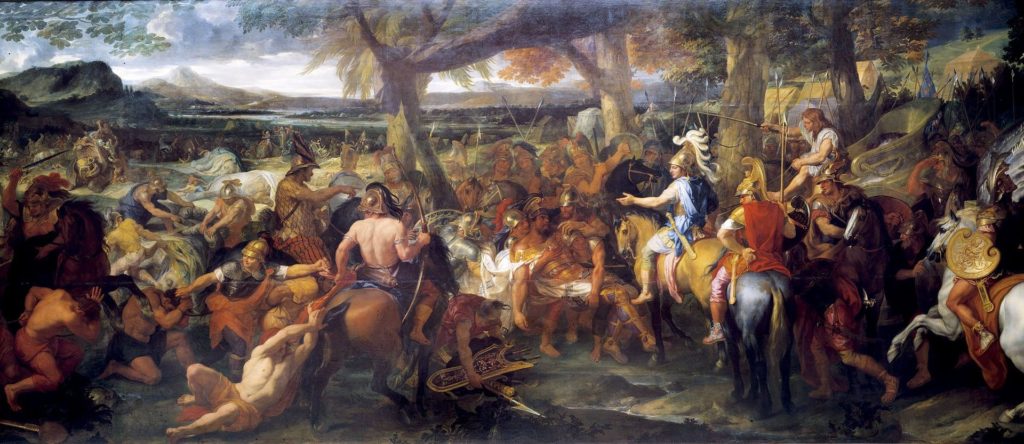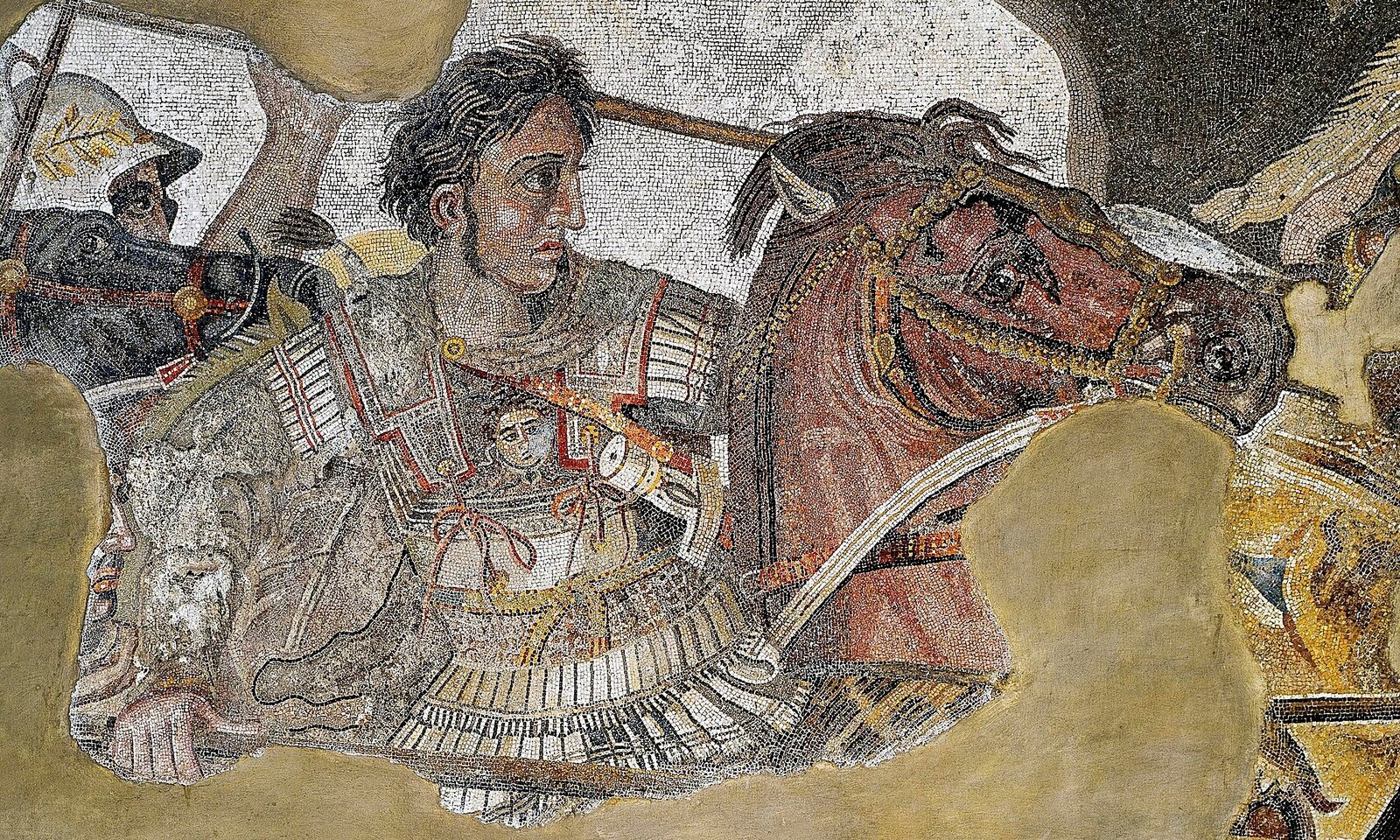Alexander the Great in India: Legendary Battles and Lasting Cultural Legacy
Source: GreekReporter.com

Alexander the Great’s campaign in India left an unforgettable legacy of military excellence that would echo through the centuries.
The expedition into the country of India would mark the easternmost reach of the Macedonian Empire. It would not only be a symbol of Alexander’s military prowess but it would also spark the cultural exchange between India and Greece. His efforts of conquest illustrate the global impact the great Macedonian king had, showing his lasting contribution to cultural synthesis in the ancient world.
Alexander the Great’s Campaign in India

The illustrious military and cultural feats of Alexander the Great in India would mark one of the most interesting episodes in world history.
327 BC: Alexander and the Macedonian armies arrive in India
After the complete and utter conquest of the land of Persia, the ambitious Macedonian king made his way into India. Ever the curious character, the mysterious allure of the riches of India motivated his decision to make his move. He crossed the Hindu Kush mountains in modern-day Pakistan, reaching the region near the Indus River.
Along his route, he encountered many local rulers who were more than willing to form strategic alliances with him. One of these rulers was Ambhi, the ruler of Taxila, who would provide Alexander with valuable troops and resources to secure peaceful relations with the Macedonians.
326 BC: The Battle of the Hydaspes River

After forming strategic alliances with Ambhi and others along the way, Alexander and his army faced their first and most significant battle of the campaign. This battle would be remembered throughout history as a showcase of military adaptability and outright genius. The battle for the Hydaspes was one of Alexander the Great’s most remarkable victories.
As he marched deeper into the Indian subcontinent, the Macedonian king would enter one of the most difficult battles of his grand military career. He fought King Porus, a regional Indian ruler who governed the region of the Hydaspes and Acesines rivers. King Porus’ military might was great, as he had no shortage of men and war elephants. However, it would be Alexander’s brilliance in strategic warfare that would win the day.
The Macedonian troops would flank Porus’ army by crossing the Hydapses in a torrential downpour just to get the jump on them. The risky move was well worth it, as he would win against the odds. Impressed by Porus’ courage, Alexander would reinstate him as regional ruler under the Macedonian empire.
326-325 BC: Further advances and mutiny
The Macedonian king and his armies would continue their march through the Punjab region, conquering the lands as they went. However, they did not have an easy time of it, as they encountered plenty of unfamiliar guerrilla warfare tactics and tribal resistance that made it difficult to advance.
Exhausted from having to deal with constant resistance and foreign fighting styles, and after years of crossing unfriendly terrains of extreme cold and heat, his troops mutinied at the Hyphasis River (now the Beas River). This resistance from his people would mark the easternmost boundary of Macedonia’s empire and Alexander’s conquests.
326-325 BC: Homebound
After relenting to the needs of his men, Alexander split his troops into two for the return voyage. One half traversed the treacherous Gedrosian Desert (modern-day Balochistan), where many soldiers were lost. The other half navigated the Indus to the Arabian Sea. After reaching the more established parts of the empire, Alexander returned to Babylon.
324-323 BC: The death of Alexander the Great and his legacy

In the Spring of 323, Alexander was before the gates of Babylon. Reportedly, some of the city priests warned him not to enter, because the omens relevant were not favorable. Alexander disregarded them. Not long after this, Alexander would suddenly find himself ill in Babylon.
After a brutal two weeks fighting off the still-unknown cause of death, he died on June 10, 323 BC. It is speculated that he may have had a disease, been poisoned, or experienced liver failure as a result of alcohol poisoning. Whichever is true, the Macedonian king left his empire fragmented upon his death.
His conquest in India would have a lasting impact on the ancient world, connecting Greece and India as a direct result of his establishment of cities in the subcontinent. Cities such as Bucephala, Nicaea and Alexandria would become trade hubs and cultural melting pots, and the Indo-Greek exchange would have profound impacts on the art and traditions of both civilizations.
Cultural Interaction
The presence of these Hellenic states in that region of the world and their occasional forays even further east created a zone of Greco-Indian contact, influence, and exchange, as well as occasional conflict, stretching from Central Asia to the Ganges. The two civilizations influenced each other in the arts and philosophy.
The Greek philosopher, Pyrrho of Elis, who traveled with Alexander, was himself influenced by Indian philosophy. Soon after that we find a great deal of interaction of ideas and theories between the two cultures.
Moreover, large-scale sculpture began to be created in the city of Mathura in the third century BC, and about two centuries later, another school of sculptural art, heavily influenced by Hellenistic models, developed in Gandhara in today’s northern Pakistan.
The original article: belongs to GreekReporter.com .
